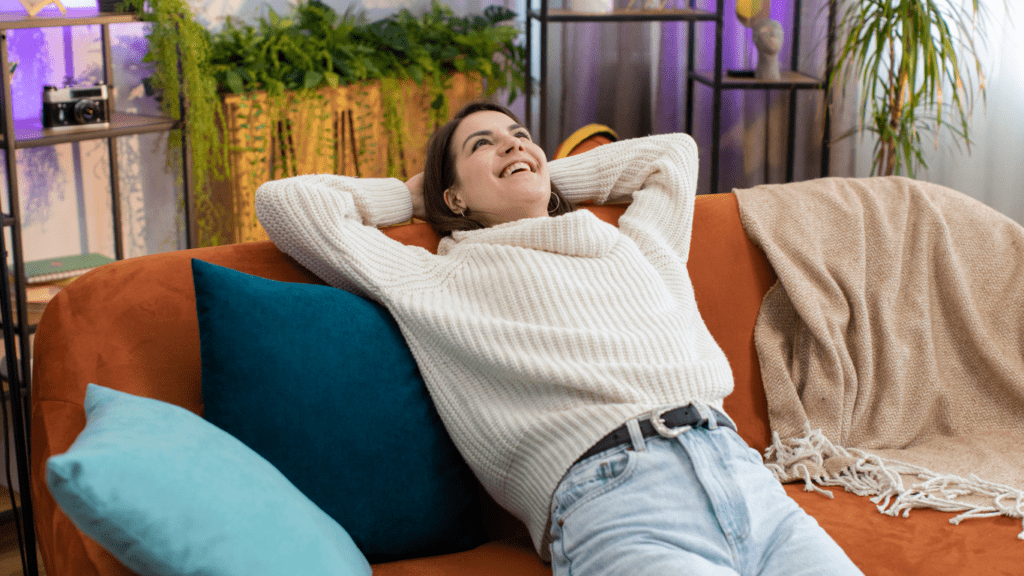Benefits of Art Therapy
Art therapy offers several mental and emotional advantages, supporting individuals in addressing various psychological challenges.
Stress Reduction
Engaging in art activities reduces stress levels by shifting focus from negative thoughts to the creative process. I find that activities like drawing and painting provide a calming effect. Research from the American Art Therapy Association shows that art-making can lower cortisol, a stress hormone, thus promoting relaxation.
Emotional Expression
Art therapy facilitates emotional release and self-exploration. When I paint or draw, I can express feelings that are difficult to verbalize. This practice helps individuals identify and process their emotions. The National Institute of Health indicates that creative expression through art enables people to communicate complex emotions safely.
Popular Art Therapy Activities to Try at Home
Art therapy activities offer a range of creative outlets that can be explored from the comfort of your own home. Each activity provides unique benefits to mental and emotional well-being.
Collage Making
Collage making involves cutting and assembling images, textures, and words from magazines or printed materials to create a themed artwork. This activity encourages self-expression and allows individuals to focus on positive imagery, which can be calming. Create a vision board to represent personal goals or a mood board to convey your current feelings. All you need are magazines, scissors, glue, and a blank canvas.
Finger Painting
Finger painting offers a tactile and freeing way to express emotions. Using just your fingers and vibrant paints, you can create abstract designs.
This activity engages your senses and can be particularly soothing for those seeking immediate stress relief. Use non-toxic, washable paints, and large sheets of paper for the best experience. Finger painting helps enhance fine motor skills and boosts creativity by removing the pressure of creating perfect shapes.
Setting Up Your Home Art Therapy Space
Creating an effective home art therapy space enhances the therapeutic benefits of creative activities.
Choosing the Right Location
Select a quiet, comfortable space free from distractions. Natural light adds a calming element, so choose a spot near a window if possible. Ensure there’s enough room to spread out materials and work comfortably on different projects.
Gathering Essential Materials
Collect essential materials to maximize creative flexibility. Basic supplies include:
- Paper (sketchbooks, watercolor paper)
- Paints (watercolors, acrylics)
- Brushes (various sizes)
- Drawing implements (pencils, markers)
- Collage materials (magazines, scissors, glue)
Having these items within reach simplifies the process, making it easier to start and continue your art therapy activities whenever needed.
Tips for Incorporating Art Therapy into Daily Life

Regular engagement in art therapy enriches daily routine and fosters mental well-being. Integrating creative activities daily can yield substantial emotional benefits.
Creating a Routine
Embedding art therapy into daily life begins with a structured routine. Designate specific times for creative activities, ideally matching moments of low energy or stress. Consistency aids in making art therapy a habitual practice. Begin small—set 15-minute slots initially and gradually extend as the habit strengthens. Allocate a dedicated space, ensuring all necessary materials are at hand to make the process seamless and inviting.
Mindful Art Practices
Mindful practices enhance the therapeutic impact of art activities. Slow down and focus on the process, not the outcome. Pay attention to each stroke, color, and texture, immersing yourself fully. Incorporate breathing exercises to relax before starting. Engage all senses by playing soft music or incorporating aromatic elements like essential oils.
These mindful approaches transform simple creative tasks into profound therapeutic experiences, promoting relaxation and emotional clarity.

 Anna Freehill, a key contributor to Avant Garde Artistry Hub, plays a vital role in shaping the platform’s vision. As an author and collaborator, she helps bridge the worlds of art and technology, offering insightful articles that guide artists through the rapidly evolving creative landscape. Anna’s dedication to highlighting art's therapeutic value has contributed to the platform’s focus on mental and emotional well-being through creative expression.
Her involvement in building Avant Garde Artistry Hub has been instrumental in providing valuable resources to artists seeking to enhance their careers. Whether through her writing on business strategies or her support in platform development, Anna is committed to fostering a space where artists can thrive and embrace the future of art.
Anna Freehill, a key contributor to Avant Garde Artistry Hub, plays a vital role in shaping the platform’s vision. As an author and collaborator, she helps bridge the worlds of art and technology, offering insightful articles that guide artists through the rapidly evolving creative landscape. Anna’s dedication to highlighting art's therapeutic value has contributed to the platform’s focus on mental and emotional well-being through creative expression.
Her involvement in building Avant Garde Artistry Hub has been instrumental in providing valuable resources to artists seeking to enhance their careers. Whether through her writing on business strategies or her support in platform development, Anna is committed to fostering a space where artists can thrive and embrace the future of art.